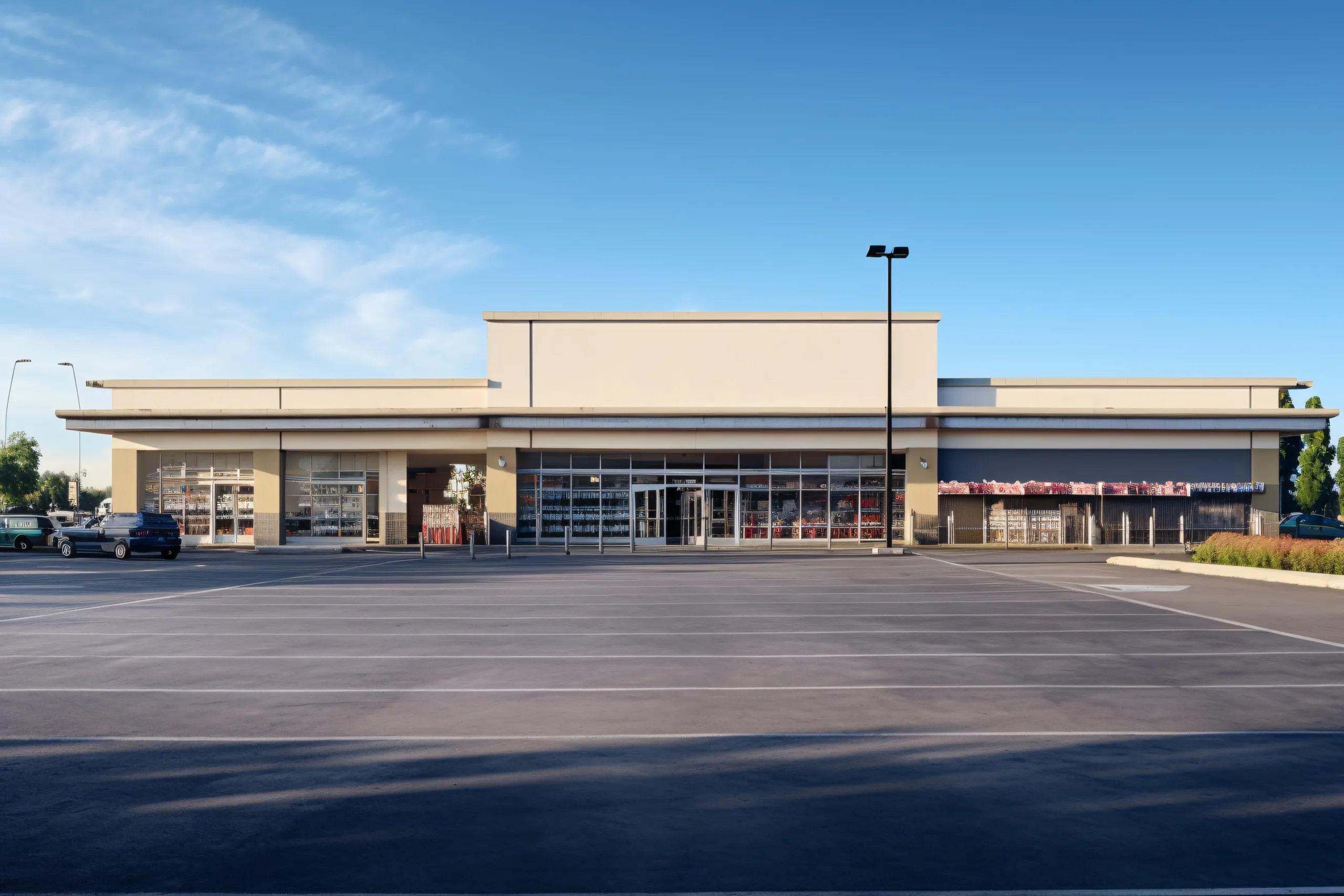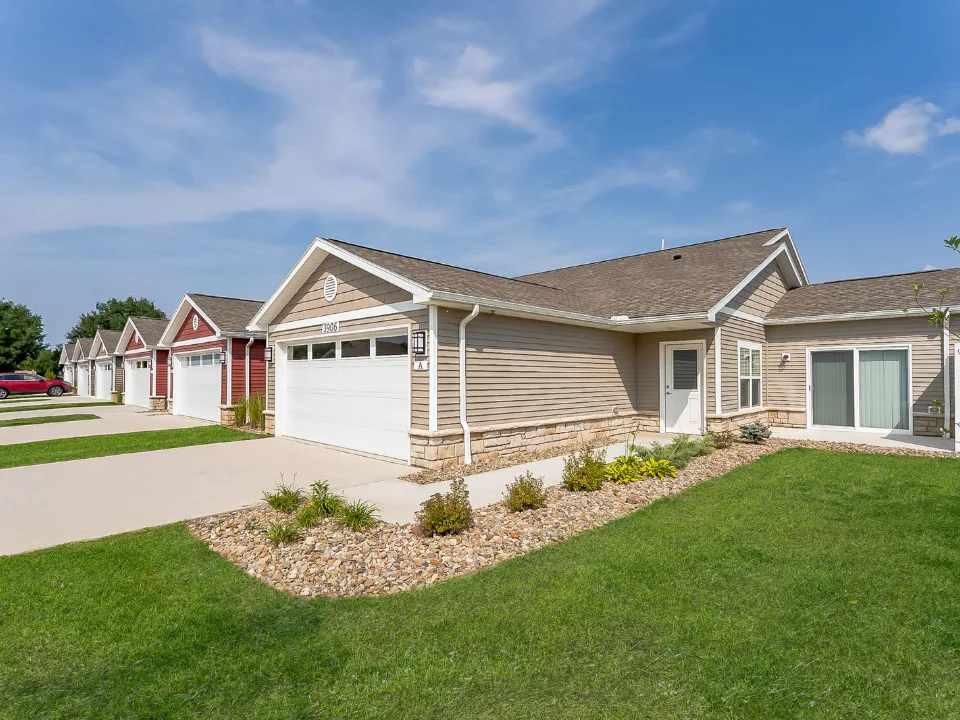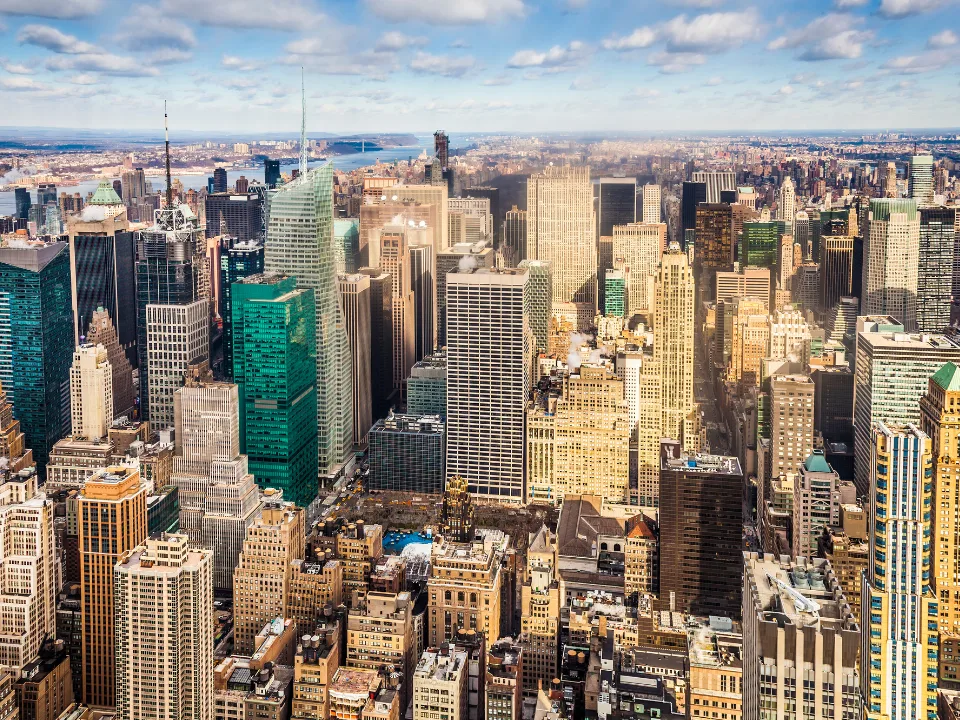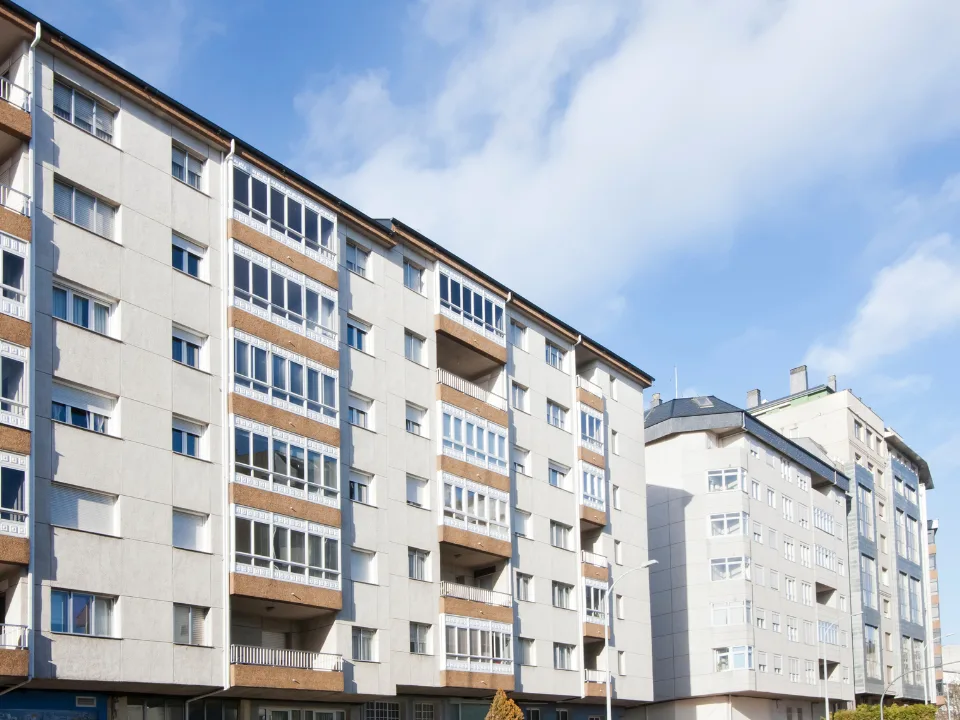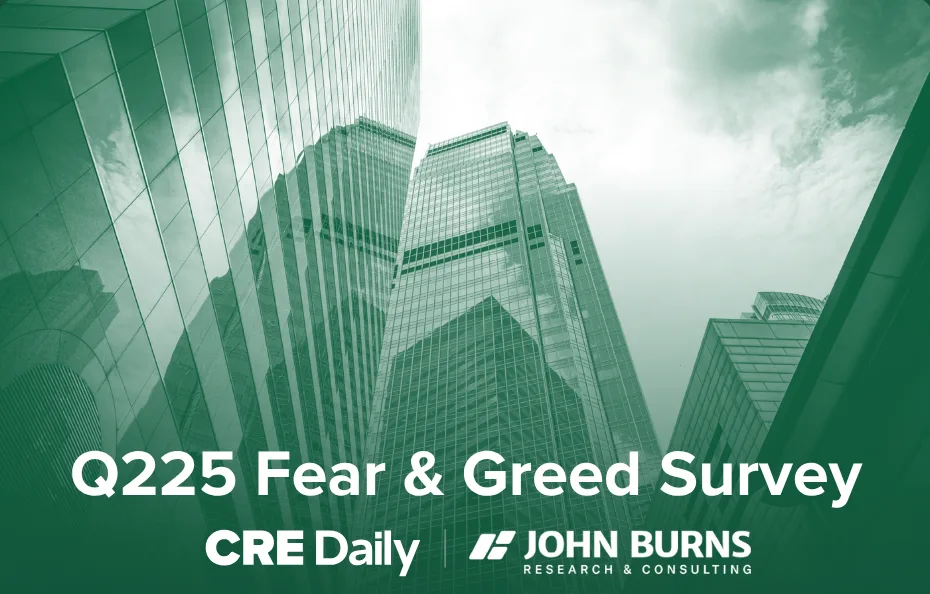- Retail investment hit $24.6B through May, a 7% year-over-year increase.
- Institutional buyers are re-entering the market, targeting even small strip centers.
- Grocery-anchored and value-add properties are leading the pack with stronger yields.
- Competition is intensifying, with major retail acquisitions closing nationwide.
Retail Investment Picks Up Speed
After years of muted activity, retail investment is heating up, as reported by ICSC publication Commerce + Communities Today. Through May 2025, US retail property sales reached $24.6B — a 7% bump from the year before, per MSCI Real Assets. When expanding the lens to include a full-year rolling comparison, CoStar data shows a more striking 17.8% increase in retail transaction volume, climbing from $72.2B to $85B.
While sub-$10M deals still represent the majority of activity, it’s the big-ticket investments that are making headlines. Volume for deals over $100M surged 85.1% year-over-year, a strong signal that institutional capital is flowing back into the sector.
Why Retail?
As office demand stagnates and concerns mount in multifamily and industrial, retail’s fundamentals have quietly improved. Cap rates for well-located grocery-anchored centers now average around 7%, outperforming apartments (5.6%) and industrial (6.5%).
“The stigma that has been attached to retail has finally started to lift,” said Bo Okoroji, CEO of Steerpoint Capital, which recently acquired California’s Simi Valley Town Center alongside SteelWave. The firm is actively targeting open-air centers and malls with upside potential, with about $150M more in assets under contract.
Get Smarter about what matters in CRE
Stay ahead of trends in commercial real estate with CRE Daily – the free newsletter delivering everything you need to start your day in just 5-minutes
Institutions Jump Back Into Retail
Institutional buyers, including pension funds, are re-entering the market. Non-REIT institutional investors were involved in 36% of multitenant shopping center purchases in Q1 2025 — up from just 8% in all of 2024, according to Northmarq.
Value-add investors like Sidford Capital are capitalizing on this trend. The firm picked up the 115K SF Aurora Plaza in Colorado for $16M in June, betting on its 20% vacancy for future upside.
Notable Deals In 2024-2025
- Federal Realty acquired two centers in Kansas totaling 550K SF for $289M.
- Simon Property Group bought the remaining stake in Brickell City Centre’s retail component for up to $548.7M.
- Macerich paid $290M for Raleigh’s Crabtree Valley Mall and plans a $60M renovation.
- RCG Ventures finalized a $1.8B acquisition of 14M SF of shopping centers across 28 states.
- Ram Realty Advisors purchased seven grocery-anchored centers for $200M, including Whole Foods-anchored Bull City Market in Durham, NC.
- Bain Capital and 11North Partners acquired three Oklahoma City lifestyle centers for $212M.
- Midloch acquired a vacant Safeway in Colorado and plans to backfill with Vasa Fitness.
Bidding Wars, But Not Without Caution
Growing competition is now leading to bidding wars — even in secondary and tertiary markets. But while buyers are aggressive, some sellers are cautious. Firms like Selig, with a long-term development outlook, are watching economic variables like interest rates and tariffs before making large plays.
“People are saying: ‘If we’re not in a position to pull the trigger, let’s at least be in a position when it’s time,’” said Northmarq’s Ryan Roedersheimer.
The Bottom Line
Retail real estate is firmly back on investors’ radars. High-yield grocery centers and repositioning opportunities are drawing capital from all sides — from private buyers to institutions. While macroeconomic uncertainty looms, the sector’s relative value and stability are making it one of commercial real estate’s most resilient performers in 2025.
Source: ICSC’s Commerce + Communities Today publication, https://www.icsc.com/news-and-views/icsc-exchange/money-is-moving-again-in-retail-real-estate-and-fast




